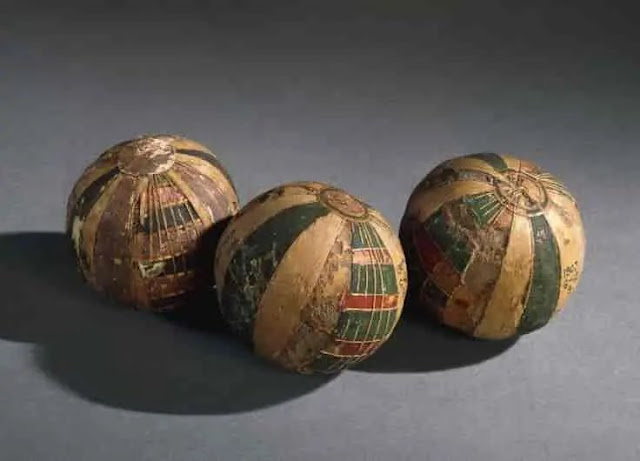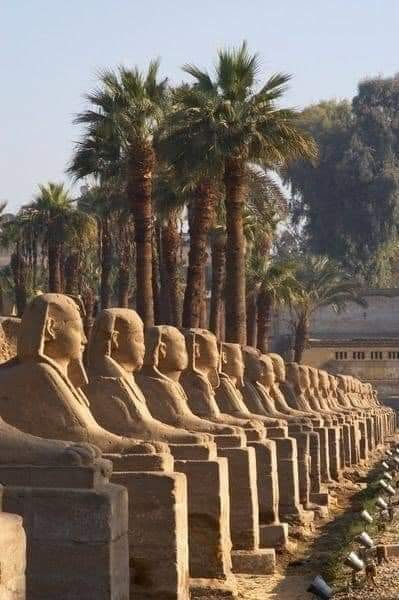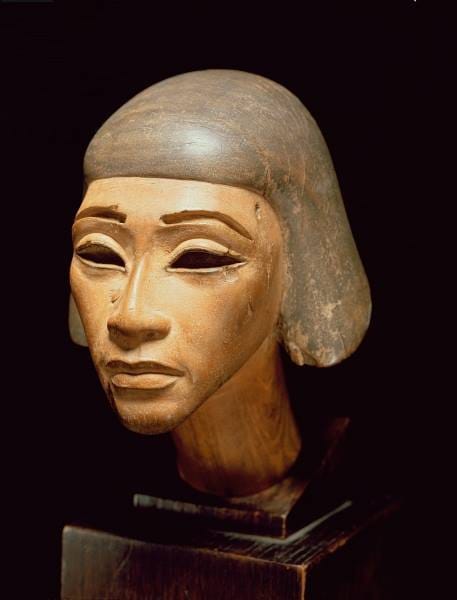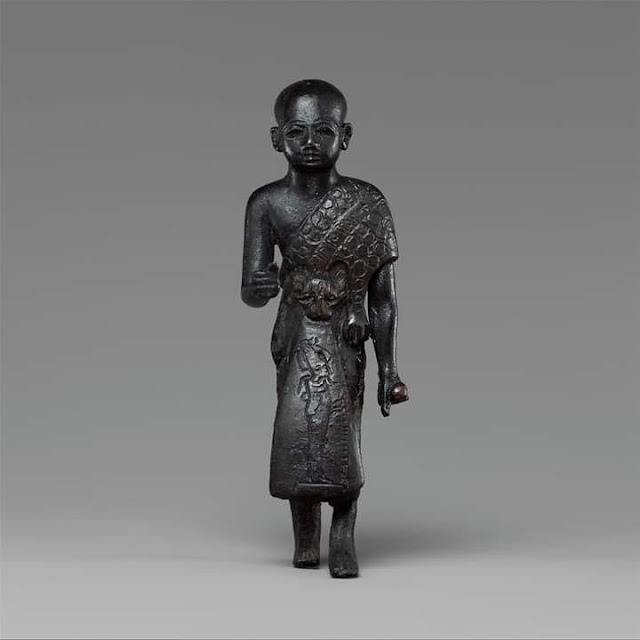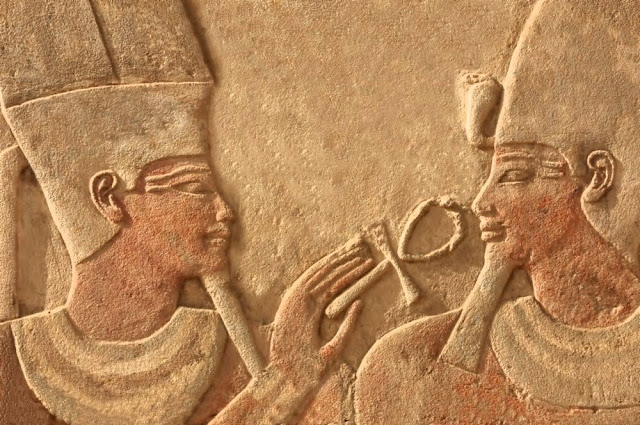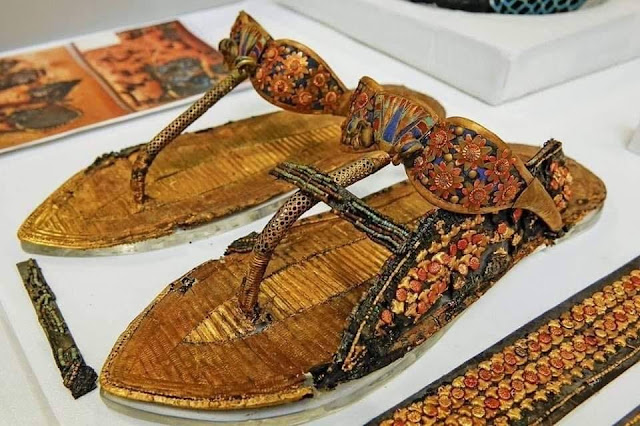Egypt came first, then history and civilization came. Egypt has one of the world's seven wonders of the pyramids. The Virgin Mary came to protect herself and her son. Egypt is the safest destination for tourism. My goal is to help foreigners learn my country’s history, come to Egypt, whatever your budget, and I will be your guide at no additional cost to you. booking with us. The goal is to service booking tours to Egypt. the best Nile cruise in Egypt. https://kingofegypttours.com
Friday, 17 April 2020
BALL GAMES
Despite the clear differences between the Egyptian balls and ours, it is still possible to say that this toy was already present in playful games among young people.
The old balls were, in general, made of blocks or fragments of fabric, dried palm leaves, rigid plants and leather strips, which made up a sturdy block joined by strands of rope.
Many specimens, however, were made of solid walls and unified with greater precision, being hollow inside and filled with air.
Alabaster Heb Sed Vase .
During Heb Sed, the king would repeat his coronation rituals by sitting on the thrones of Upper and Lower Egypt - shown here at the base of the handle. These thrones were within a pavilion on a stepped platform that symbolized the primaeval mound of creation.
The rectangle below, in which a royal name would have been inscribed, is supported by the god Heh, the hieroglyph for millions. On the top of the handles a scarab beetle, signifying rebirth. All of this served to ensure the king´s perpetual resurrection and eternal rule.
The old Kingdom, 3rd Dynasty, reign of Djoser, ca. 2686-2649 BC. From the step Pyramid of Djoser at Saqqara. Now in the Egyptian Museum, Cairo.
The god Thoth as an Ibis. Beautiful in gold and red agate.
Thoth was the Egyptian god of wisdom and knowledge. Honoured as the inventor of writing and the founder of branches of learning such as art, astronomy, medicine, law, and magic, he was the patron god of scribes.
Ancient Egyptians associated Thoth with the moon and identified him as the son, or heart and tongue, of Ra, the supreme sun god.
According to legend, Thoth possessed books of wisdom that contained secret information about nature and magic. Although the books were hidden, certain
scribes had access to them.
Munich museum, Germany.
The Avenue of Sphinxes, Luxor.
Links the temples of Karnak and Luxor was known as Ipet-Isut.
There is evidence that Queen Hatshepsut had been the first to build this processional road, with sphinxes in her own likeness. However, it was Amenhotep III, who first instituted the Sphinx lined avenue between the 10th pylon of Karnak temple and the precinct of Mut Temple and to the South-of Khonsu temple at Karnak. Then the project was stopped during the reign of Akhenaten but was continued by King Tutankhamun, The sphinxes have been reworked and repositioned many times by later kings.
Kiosk of Trajan (Philae's Island - Aswan)
Also known as “Pharaoh’s Bed". It originally served as the main entrance into the temple from the river.
The architraves are supported by 14 columns. The wooden roof has not been preserved.
The kiosk bears hieroglyphic inscriptions containing cartouches of the Roman emperor Trajan (98-117 BCE), but the structure may be considerably earlier. Based on its position and architectural style, the large open-air kiosk functioned as a bark shrine. During annual festivals at Philae, riverine boats from other temples would dock outside this structure, where local priests would remove divine statues and carry them into the temple precinct.
Subscribe to:
Comments (Atom)
GOOD MORNING FROM EGYPT EGYPT READY NOW مصر مستنياك
GOOD MORNING FROM EGYPT EGYPT READY NOW مصر مستنياك http://kingofegypttours.com/ Egipto te espera http://kingofegypttours.com/ Egypt is wa...

-
Cairo is fan-shaped, narrowest in the south, where the river valley is wedged between desert escarpments, and widest in the north, where t...
-
Abu Simbel, the site of the two temples built by the Egyptian king Ramses II (reigned 1279-13 BC), which is now located in Aswan Govern...
-
GOOD MORNING FROM EGYPT EGYPT READY NOW مصر مستنياك http://kingofegypttours.com/ Egipto te espera http://kingofegypttours.com/ Egypt is wa...


